★★
“Till death do she part.”
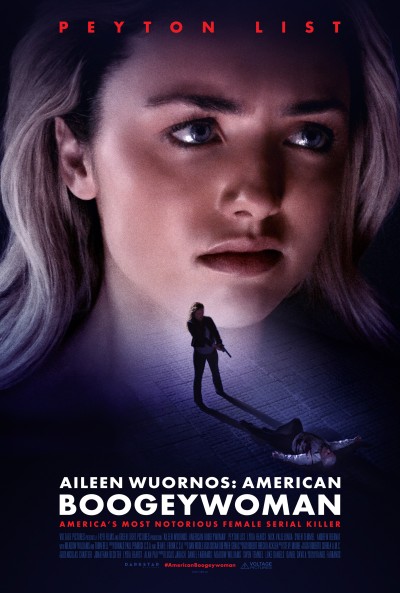 Almost twenty years after her execution, Aileen Wuornos remains a cultural icon. A very rare example of a genuine female serial killer, she was killed by lethal injection in 2002, after being convicted of six murders, and confessing to a seventh. The following year, Charlize Theron won an Oscar for her portrayal of Wuornos in Monster, though for me, the film about the killer which is the best, is Nick Broomfield’s, Aileen Wuornos: The Selling of a Serial Killer. It certainly deserves to be ranked among my favorite documentaries of all time, along with its post-execution follow-up, Aileen Wuornos: Life and Death of a Serial Killer. Any other version is going to have an uphill struggle in comparison, and this peters out into a trashy, tabloidesque tale, with perilously little connection to reality.
Almost twenty years after her execution, Aileen Wuornos remains a cultural icon. A very rare example of a genuine female serial killer, she was killed by lethal injection in 2002, after being convicted of six murders, and confessing to a seventh. The following year, Charlize Theron won an Oscar for her portrayal of Wuornos in Monster, though for me, the film about the killer which is the best, is Nick Broomfield’s, Aileen Wuornos: The Selling of a Serial Killer. It certainly deserves to be ranked among my favorite documentaries of all time, along with its post-execution follow-up, Aileen Wuornos: Life and Death of a Serial Killer. Any other version is going to have an uphill struggle in comparison, and this peters out into a trashy, tabloidesque tale, with perilously little connection to reality.
It does have an interesting structure, with a Broomfield stand-in (Sturgeon) interviewing Wuornos, the night before her execution. At this point, the killer is played by Ashley Atwood, and the make-up crew have done an amazing job, along with Atwood’s capturing of her target’s mannerisms. Wuornos then tells the interviewer the story of her short-lived marriage to yacht club president Lewis Fell (Bell), almost five decades her senior. During this, she confesses to several murders, including that of her brother, though the interviewer pulls her up, as her version doesn’t align with the known facts. This “unreliable narrator” element has potential, but is rapidly discarded – a shame, as what the film offers instead is rather pedestrian.
Overall, it’s not much more than a truish-crime take on pot-boilers like the Poison Ivy franchise, in which attractive young gold-diggers embed themselves in families, before revealing their murderous natures. Here, the young Wuornos (List), considerably more attractive than the Death Row version, charms her way into marrying Fell after just a couple of weeks, much to the concern and chagrin of his daughter, Jennifer (Hearst). We’ve already established Wuornos’s violent tendencies, and these escalate until she murders the family lawyer, who threatens to expose what he has uncovered about her past, unless she takes his cash offer and leaves town. It all builds to a late-night confrontation on a boat in a storm, which I’m fairly certain is entirely fictional.
Farrands has carved out a niche for himself in this kind of not-so-true crime movie, his previous subjects having included Ted Bundy, the Manson killings and O.J. Simpson. Maybe they are more than a shallow skim, with stories which are not largely made up, and provide more insight into their subjects. This has little to offer, and doesn’t have the enjoyably salacious elements of Poison Ivy, even when Aileen is consummating her marriage to her husband. If it had told the story of Wuornos’s whole life, especially with more from Atwood, it could have been worthwhile, especially if embracing the uncertainty around her version of events. Instead, the only real positive result was discovering the two Broomfield documentaries are on YouTube. Guess what I’m watching tonight.
Dir: Daniel Farrands
Star: Peyton List, Tobin Bell, Lydia Hearst, Hamish Sturgeon





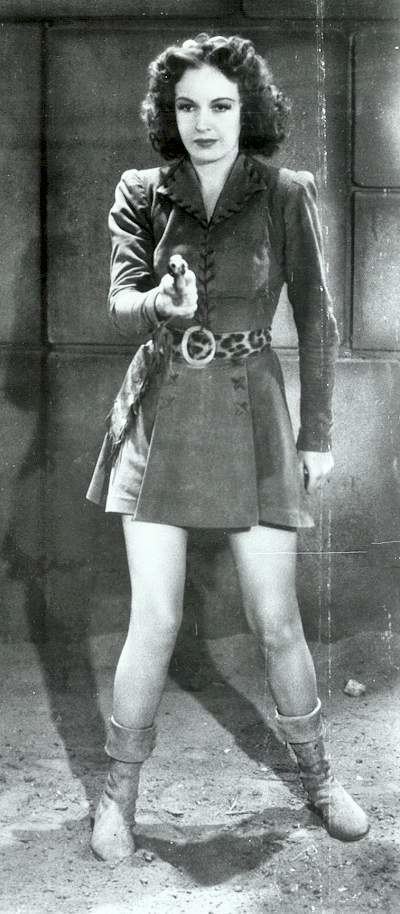 This is nominally based on Edgar Rice Burroughs’s 1932 novel of the same name, also known as The Land of Hidden Men. Though there’s very little beyond the title in common. The book was set in Cambodia, and told the story of explorer Gordon King, who finds a civilization which has been lost for a thousand years. This… isn’t. It is instead the story of Nyoka Meredith (Gifford), the daughter of a doctor working with the Masamba tribe in the middle of Africa. “Nyoka” is Swahili for snake, and she seems to spend most of her free time swinging through the forest on vines.
This is nominally based on Edgar Rice Burroughs’s 1932 novel of the same name, also known as The Land of Hidden Men. Though there’s very little beyond the title in common. The book was set in Cambodia, and told the story of explorer Gordon King, who finds a civilization which has been lost for a thousand years. This… isn’t. It is instead the story of Nyoka Meredith (Gifford), the daughter of a doctor working with the Masamba tribe in the middle of Africa. “Nyoka” is Swahili for snake, and she seems to spend most of her free time swinging through the forest on vines. This is probably a good one and a half stars more than I expected, based on the synopsis and screen shots, which made it seem considerably more like porn with a minor wrestling subplot. Okay, it is not exactly fun for all the family, to put it
This is probably a good one and a half stars more than I expected, based on the synopsis and screen shots, which made it seem considerably more like porn with a minor wrestling subplot. Okay, it is not exactly fun for all the family, to put it 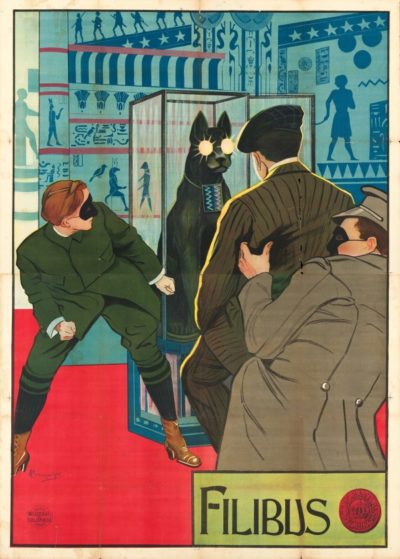 Ladies and gentlemen, we appear to have a new record holder for the earliest action heroine feature film. Dating from all the way back in 1915, and thus pipping
Ladies and gentlemen, we appear to have a new record holder for the earliest action heroine feature film. Dating from all the way back in 1915, and thus pipping  This is as much about the philosophical underpinnings of karate, and how it can be used for personal growth. The instigator in this case is Chae-yeong (Jung), a teenage girl who has just transferred to a new school after issues at her previous educational establishment. Her long-suffering father, a karate master has barely registered her there, when trouble finds Chae-yeong. She uses her skills to rescue a student, Jong-goo (Oh), who is refusing to help some bullies cheat in an upcoming exam. This turns out to get her an unwanted high profile, as the school is basically a gangsters’ paradise.
This is as much about the philosophical underpinnings of karate, and how it can be used for personal growth. The instigator in this case is Chae-yeong (Jung), a teenage girl who has just transferred to a new school after issues at her previous educational establishment. Her long-suffering father, a karate master has barely registered her there, when trouble finds Chae-yeong. She uses her skills to rescue a student, Jong-goo (Oh), who is refusing to help some bullies cheat in an upcoming exam. This turns out to get her an unwanted high profile, as the school is basically a gangsters’ paradise.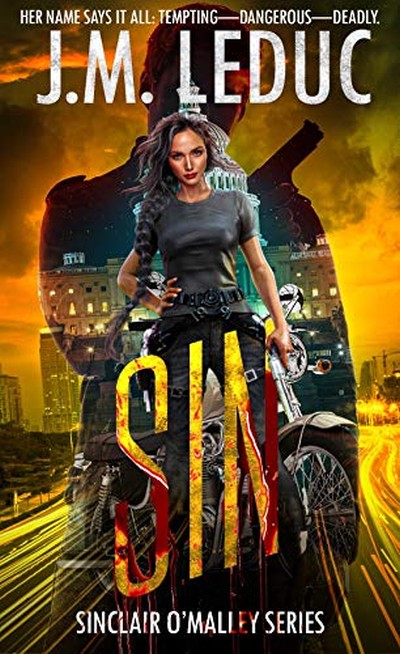 Sinclair O’Malley, known to everyone as Sin, is a bit of a wild card. She was initially an FBI agent, but was released by the agency, largely for her refusal to stay within the lines. In particular, she went off-book to end a human trafficking ring in Nicaragua. She is the kind of person whom we first meet interrupting a funeral, by rolling up to it late, on a Harley. But this is just the book’s first misstep. For rather than demonstrating her bad-ass credentials, it just made me feel she was a selfish and egocentric narcissist, shrieking “Look at meeeeeeee!” everywhere she went. Subsequent actions did little to disavow me of this belief.
Sinclair O’Malley, known to everyone as Sin, is a bit of a wild card. She was initially an FBI agent, but was released by the agency, largely for her refusal to stay within the lines. In particular, she went off-book to end a human trafficking ring in Nicaragua. She is the kind of person whom we first meet interrupting a funeral, by rolling up to it late, on a Harley. But this is just the book’s first misstep. For rather than demonstrating her bad-ass credentials, it just made me feel she was a selfish and egocentric narcissist, shrieking “Look at meeeeeeee!” everywhere she went. Subsequent actions did little to disavow me of this belief. As I write this, in December 2021, abortion is again a bit of a hot topic on the American political scene. I am, personally, fairly neutral on the topic. Or, at least, to the point that I’d need to spend the entire review outlining my position. Such nuance tends not to fly on the Internet, where you are either a baby-killer or want to turn America into The Handmaid’s Tale, and moderation is for pussies. On that basis, this film is a bit of a losing proposition, likely destined to satisfy no-one with its relative fair-handedness. These days, it feels like everyone just wants their echo chamber reinforced, rather than challenged, even in the mild way this offers.
As I write this, in December 2021, abortion is again a bit of a hot topic on the American political scene. I am, personally, fairly neutral on the topic. Or, at least, to the point that I’d need to spend the entire review outlining my position. Such nuance tends not to fly on the Internet, where you are either a baby-killer or want to turn America into The Handmaid’s Tale, and moderation is for pussies. On that basis, this film is a bit of a losing proposition, likely destined to satisfy no-one with its relative fair-handedness. These days, it feels like everyone just wants their echo chamber reinforced, rather than challenged, even in the mild way this offers.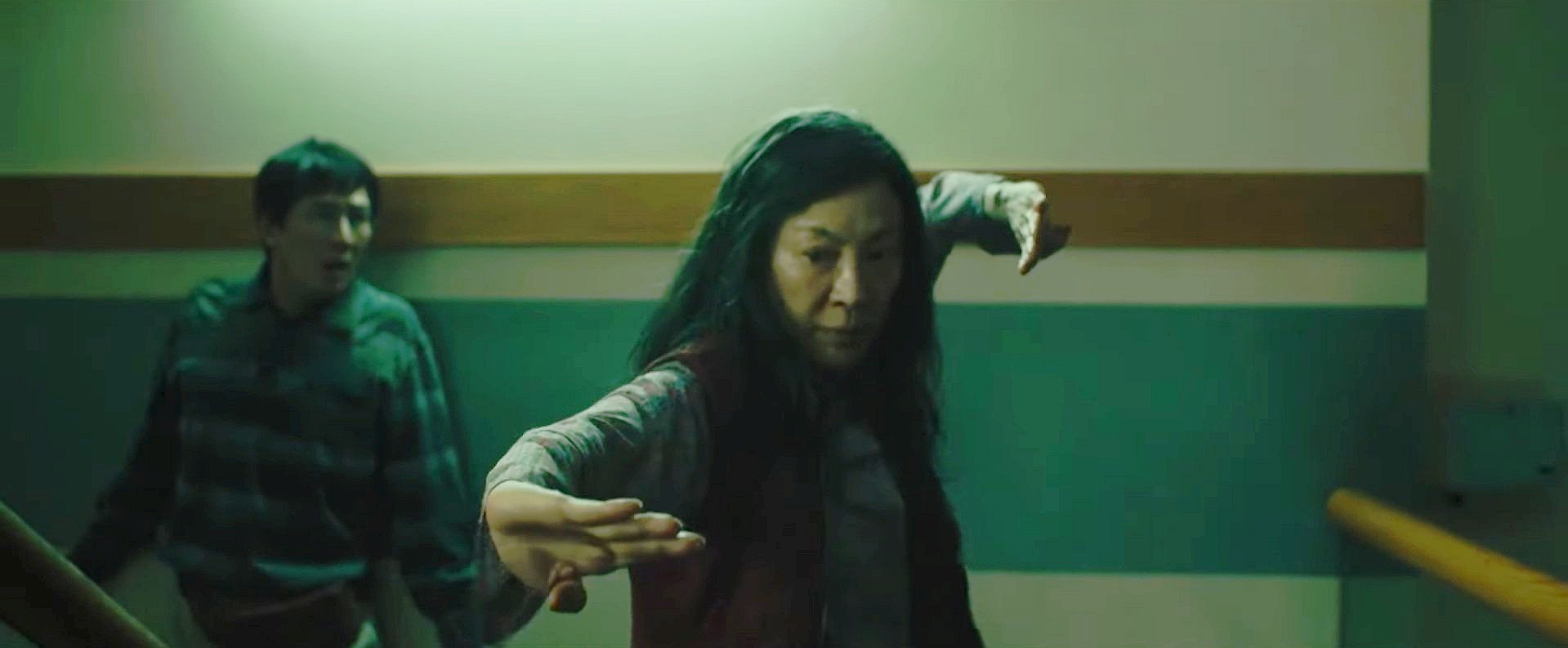 ★★★½
★★★½ Like I said: almost infinite in scope. Apparently, co-writer/director Kwan was diagnosed with ADHD during the creative process: to be frank, it shows. While the imagination on view is admirable, the film bounces about between ideas at a ferocious rate, almost regardless of whether they deserve it. We spend an inordinate amount of time in a multiverse where everyone has long, floppy fingers. Yet there is also buttplug-fu, which is an example of the movie going places you’d never have expected could be so entertaining. Or a lengthy, surprisingly engrossing, scene in which two rocks in an otherwise lifeless multiverse have a conversation in captions. Because why not?
Like I said: almost infinite in scope. Apparently, co-writer/director Kwan was diagnosed with ADHD during the creative process: to be frank, it shows. While the imagination on view is admirable, the film bounces about between ideas at a ferocious rate, almost regardless of whether they deserve it. We spend an inordinate amount of time in a multiverse where everyone has long, floppy fingers. Yet there is also buttplug-fu, which is an example of the movie going places you’d never have expected could be so entertaining. Or a lengthy, surprisingly engrossing, scene in which two rocks in an otherwise lifeless multiverse have a conversation in captions. Because why not?
 The above odd combination is actually a fairly accurate assessment of what you have here. It’s a Yakuza action-thriller… but rather than being set in Tokyo or Osaka, is relocated to the Brazillian city of Sao Paolo. As an introductory credit helpfully informs us, this has the largest Japanese population of any city outside Japan. The story concerns two separate people’s quests for their pasts, which (to absolutely no-one’s surprise) turn out to be intertwined. One of these is Akemi (MASUMI), who as a young child was the sole survivor of a 1999 massacre of her Yakuza family back in Japan, was subsequently spirited away by allies and is now living in Brazil. The other is Shiro (Rhys-Meyers), an amnesiac who wakes up in hospital with no clue as to how he got there or his identity, except for a Japanese sword.
The above odd combination is actually a fairly accurate assessment of what you have here. It’s a Yakuza action-thriller… but rather than being set in Tokyo or Osaka, is relocated to the Brazillian city of Sao Paolo. As an introductory credit helpfully informs us, this has the largest Japanese population of any city outside Japan. The story concerns two separate people’s quests for their pasts, which (to absolutely no-one’s surprise) turn out to be intertwined. One of these is Akemi (MASUMI), who as a young child was the sole survivor of a 1999 massacre of her Yakuza family back in Japan, was subsequently spirited away by allies and is now living in Brazil. The other is Shiro (Rhys-Meyers), an amnesiac who wakes up in hospital with no clue as to how he got there or his identity, except for a Japanese sword. The first thing which will hit you about this 1979 Taiwanese co-production is the utterly shameless way it hijacks John Williams’s soundtrack to Star Wars. 93 minutes later, as the end credits roll, accompanied by more unauthorized liftage… That’s probably still going to be the main element of this you will remember. For the rest is largely a confusingly-plotted and not very well executed bit of chop socky. Despite Angela Mao’s presence, second on the list of participants, she is a long way behind the main character, in terms of both screen time and action.
The first thing which will hit you about this 1979 Taiwanese co-production is the utterly shameless way it hijacks John Williams’s soundtrack to Star Wars. 93 minutes later, as the end credits roll, accompanied by more unauthorized liftage… That’s probably still going to be the main element of this you will remember. For the rest is largely a confusingly-plotted and not very well executed bit of chop socky. Despite Angela Mao’s presence, second on the list of participants, she is a long way behind the main character, in terms of both screen time and action.